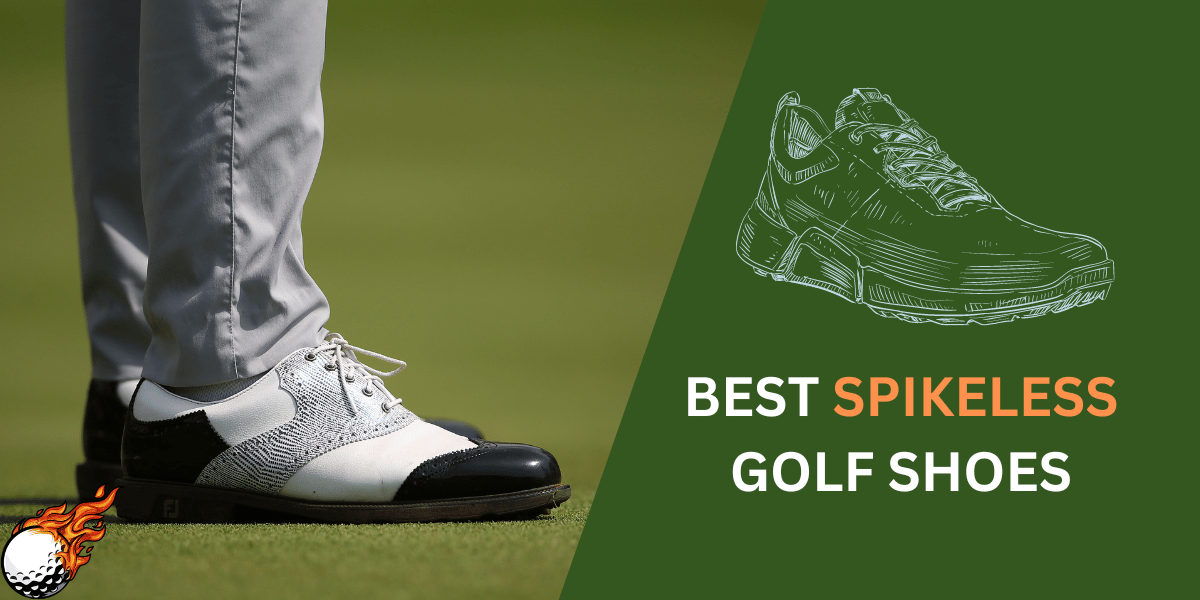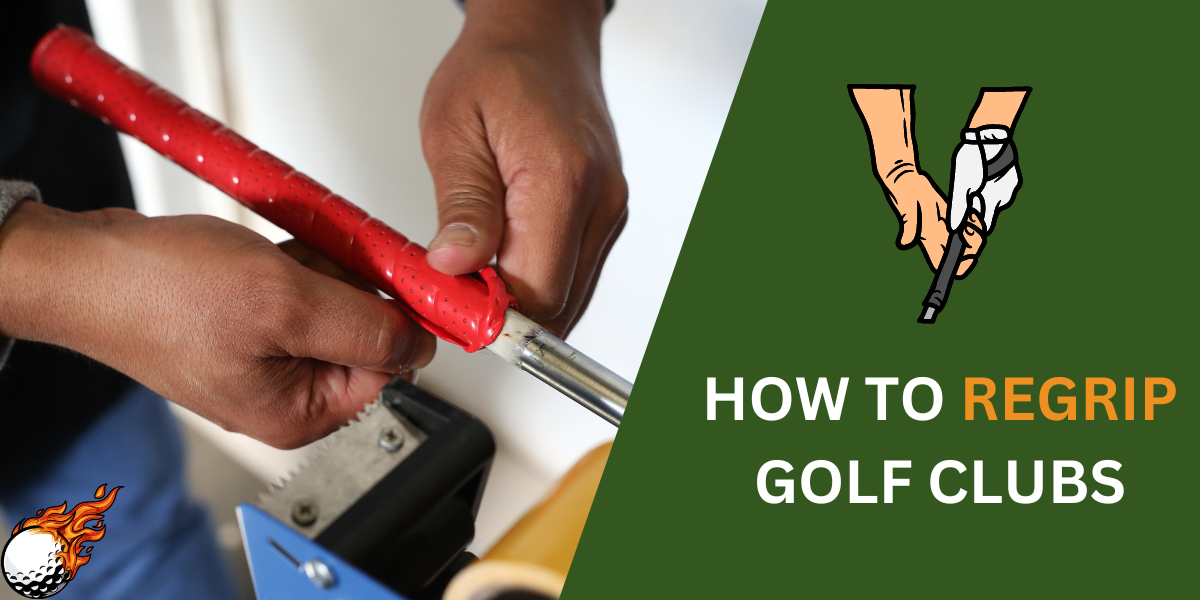
Golf is a game that combines precision, skill, and a deep understanding of mechanics. At the heart of this sport is the golf swing, a complex motion that can take years to master but is endlessly rewarding. Whether you’re new to the game or looking to refine your technique, understanding how to swing a golf club is crucial. This complete guide will walk you through the fundamentals, advanced concepts, and common errors, providing the knowledge you need to improve your game.
The Basics of a Golf Swing
1. Golf Stance and Alignment
The foundation of a good golf swing begins with the correct stance and alignment. It’s essential to position yourself in a way that promotes balance and accuracy:
- Positioning: Stand with your feet shoulder-width apart, ensuring your knees are slightly bent and body weight is evenly distributed within the balls of your feet.
- Alignment: Align your feet, hips, and shoulders parallel to the target line. This alignment is crucial for directing your golf shots where you intend them to go.

2. Grip
How you hold your golf club significantly affects the outcome of your swing. A proper grip can offer control and consistency:
- Place the left hand at the club’s top for a right-handed golfer, ensuring the thumb points down the shaft. Wrap the right hand below the left, choosing between an interlocking and overlapping finger position for optimal comfort and control.

3. The Backswing
The actions of the backswing prelude a forceful downswing:
- Shift your weight to the back foot, moving the club head wide away from the ball. The left arm should remain straight (for right-handed players), and the upper body should rotate, bringing the back shoulder under the chin.
4. Downswing and Impact
The downswing is where power and precision converge:
- Begin by transferring your weight onto the front foot, guiding the club into the slot position. As you near impact, the hips should open, with the left wrist flat and the club face square to the target.
5. Follow-Through and Finish
A proper follow-through ensures the full expression of your swing’s power and direction:
- Continue rotating your body post-impact, guiding the club head towards the target. Finish with your weight fully on the front foot, your body facing where you aim, and the club resting over your front shoulder.
Advanced Concepts in Golf Swing
1. Swing Plane and Path
The swing arc is vital for delivering powerful and accurate golf shots. The club should follow a slightly inside path on both the backswing and downswing to ensure efficiency and precision.

2. Weight Transfer
Effective weight transfer from the back to the front leg is essential for generating power. This movement also helps maintain balance throughout the swing, ensuring a smooth transition at every stage.
3. Club Head Speed
Club head speed is a critical factor for achieving distance. Accelerating the club head through the ball and using the body to generate momentum can significantly increase the power of your shots.
Common Golf Swing Errors and Fixes
1. Slicing the Ball
A slice occurs when the ball veers sharply to the right (for right-handed players), often caused by an open club face at impact. Ensuring a correct grip and closing the front shoulder can help mitigate this issue.
2. Hooking the Ball
Conversely, a hook sends the ball sharply to the left, usually resulting from a closed club face at impact. Monitoring grip pressure and maintaining a stable back shoulder during the backswing can help correct a hook.
3. Topping the Ball
Topping the ball, causing it to travel a short distance along the ground, can happen if the upper body rises during the swing. Focus on keeping your head steady and ensure your club head sweeps through the ball’s position.
4. Fat Shots
Striking the ground before the ball, or “hitting it fat,” is often due to improper weight transfer. Ensure your weight shifts onto your front foot during the downswing to avoid this standard error.
Golf Swing for Different Clubs

1. Driver Swing
The driver demands a specific approach due to its length and loft:
- Position the ball slightly ahead of the front foot, aiming for a wider arc and higher launch angle. This stance promotes distance and accuracy off the tee.
2. Irons Swing
Iron shots require precision and control:
- With the ball positioned more centrally, the goal is to shoot the ball with a descending blow. A narrower stance helps achieve this, allowing for more precise shots.
Personalized Tips and Practice Drills
- Video Analysis: Recording your swing can be incredibly insightful, helping you identify and correct errors.
- Swing Drills: Specific drills focusing on weight transfer, swing plane, or grip can significantly improve your swing mechanics.
- Professional Instruction: A golf professional can offer personalized feedback and advanced techniques tailored to your swing.
Conclusion
Mastering how to swing a golf club is a continuous learning and practice journey. By understanding and applying the fundamentals of the golf swing, you can enhance your performance and enjoyment of the game. Remember, the key to a perfect swing lies in balance, precision, and the correct mechanics, regardless of your club. With dedication and practice, you’ll see significant improvements in your golf shots, driving you towards a more rewarding golfing experience.
Frequently Asked Questions
How do I position my feet for the perfect golf swing?
For an effective golf swing, position your feet shoulder width apart, with the ball aligned with your left heel (for right-handed players). Your left foot should be slightly pointed towards the target, and your right foot should be square to ensure stability. This stance gives you a solid foundation for your swing.
What are the golf swing basics I should know as a beginner?
Beginner golfers should master proper grip, stance, and posture fundamentals. Ensure your grip is firm yet comfortable, your view is stable with knees slightly bent, and your posture promotes balance throughout the swing. These basics will set a good foundation for developing your golf swing.
How can I prevent common golf swing errors?
To prevent common swing errors, maintain a consistent stance and grip, focus on smooth weight transfer from your back to your front foot, and ensure your head stays down through the swing. Practice regularly and consider professional instruction to identify and correct specific faults.
What’s the importance of the left knee in the golf swing?
The left knee (for a right-handed player) plays a critical role in generating power and maintaining balance in the golf swing. It should flex slightly during the backswing and straighten as you move into the downswing, aiding in proper weight transfer and ensuring a robust, controlled impact with the golf ball.
How does the athletic position influence the golf swing?
The athletic position—characterized by a slightly bent posture, knees bent, and straight back—enhances the stability, flexibility, and power of the golf swing. This position allows for a total upper body rotation during the backswing and a swift, controlled movement during the downswing, contributing to a more effective and consistent swing.













